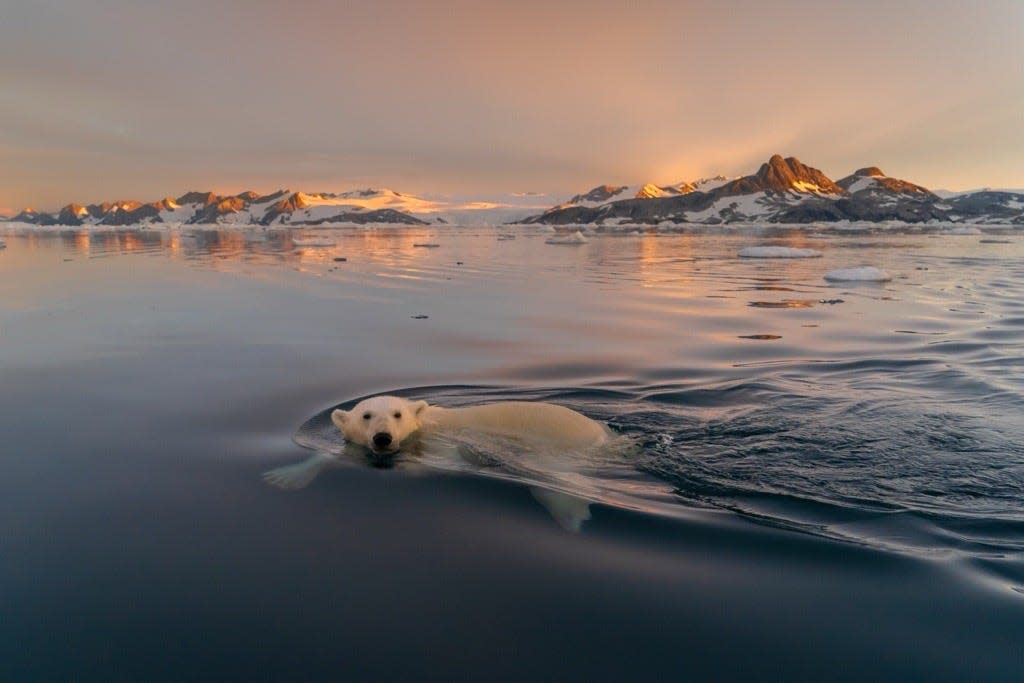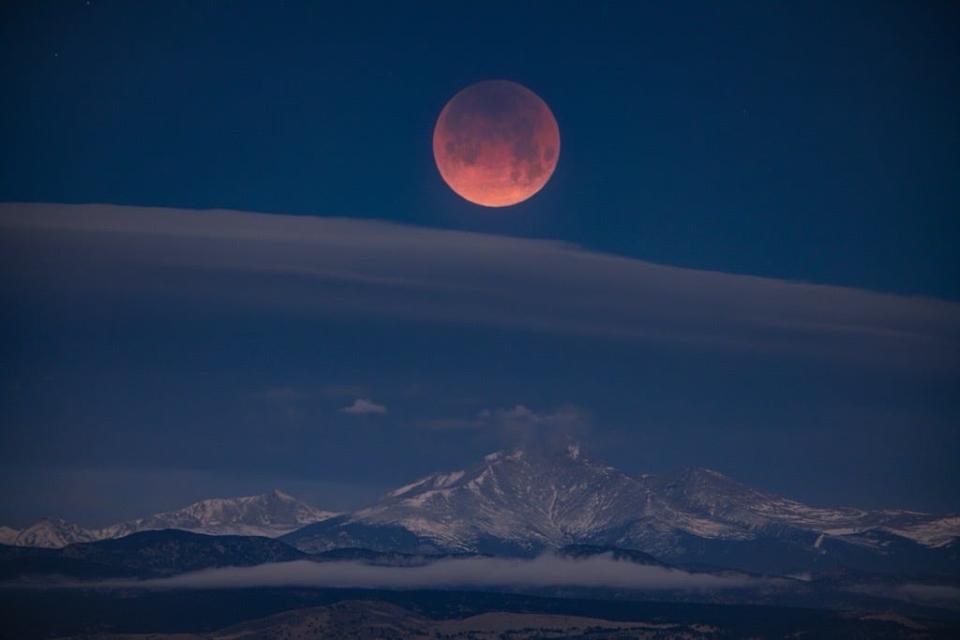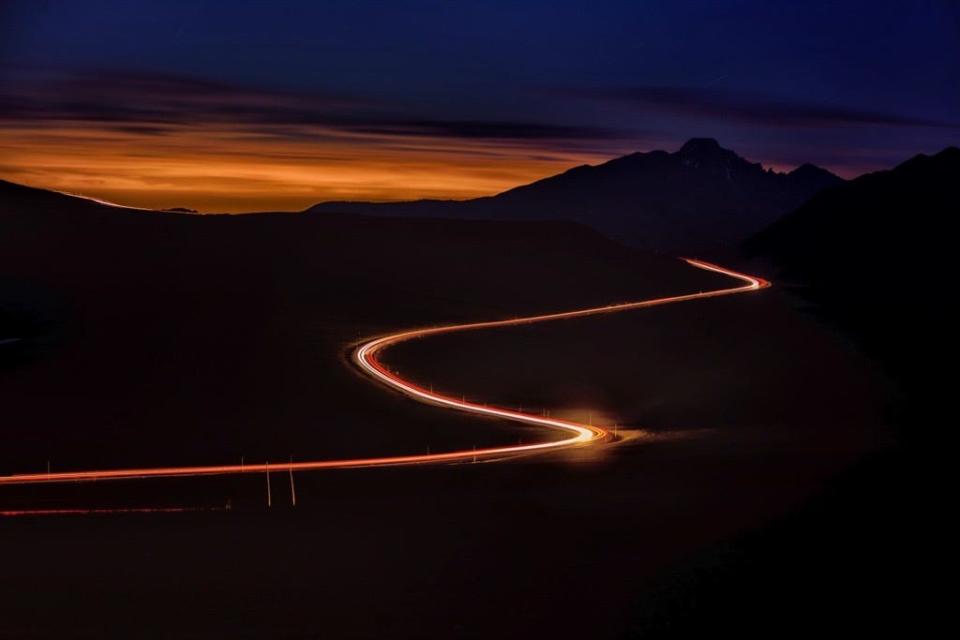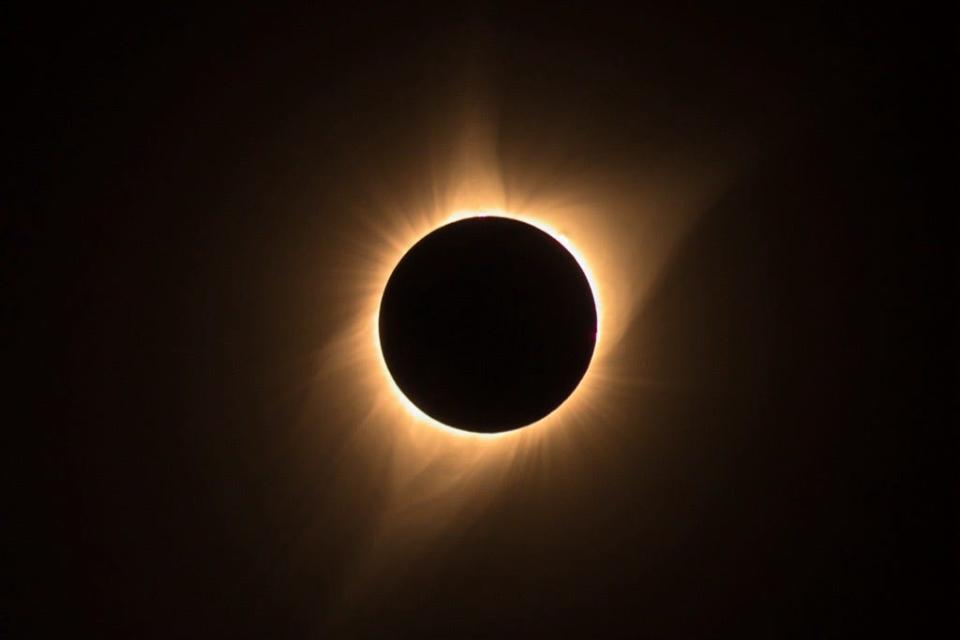National Geographic photographer shares tips to capture 'creative' solar eclipse photos

If April 8 will be your first time shooting the solar eclipse, why not learn from a pro?
National Geographic photographer and Emmy-nominated director Keith Ladzinski knows a thing or two about capturing majestic photographs. The Canon "Explorer of Light," who has over 1.7 million followers on Instagram, has taken many breathtaking nature and landscape photos throughout his extensive career. He now shares his insights for all cosmos lovers out there.
"With the April 8th eclipse approaching, I’m certain there are a lot of excited photographers out there, I’m definitely one of them!" Ladzinski said. "I’m looking forward to seeing the many creative photographs that come out after this unique event!”
Those who are not in the eclipse view path can catch Ladzinski covering the eclipse live from Indianapolis Speedway on Monday, April 8 on the Weather Channel.
Snap away with these tips and tricks.
Choosing your camera and lens
To capture the eclipse, Ladzinski recommends using Canon's EOS R series. You can also use full-frame cameras such as the EOS R5 or R8, which both offer high quality photos. The EOS R50 or R100 provide a larger sun disk due to their smaller sensor size.
"For those looking to make the most of the moment, I recommend using a versatile lens, like the Canon RF24-240mm lens, the RF200-800mm, or something that gives you a range of variability to mix up your compositions quickly and on the fly," Ladzinski said.

Choosing a lens should be based on your desired sun or moon size relative to your camera's sensor. For wide-angle shots of the eclipse, lenses like the RF15-30mm F4.5-6.3 IS STM lens will get the job done right.
Choosing a solar filter, tripod and head
Select a filter with CE or ISO certification for safe viewing and photography and be sure to check if it covers the front of your lens and rear filter for super telephotos. ND filters should not be used for direct eclipse viewing because they may not block harmful light. Improper filters can also cause camera damage.

To prevent fatigue during the eclipse, use a sturdy tripod. Opt for one with four-section legs to ensure it reaches eye-level without fully extending and portability. A suitable head for aiming your camera upward during the eclipse would be an equatorial, gimble or ball and socket.
What to do during the eclipse
For partial phases of the eclipse, use a solar filter and remove it 15 seconds before totality for the diamond ring effect and five seconds before for Baily's beads, which are both features of total and annual eclipses. Photograph the corona during totality and reapply the filter after totality for the remaining partial phases. Please be cautious of direct sunlight without a filter.

Camera solar exposure
To achieve optimum eclipse shots through manual exposure mode, test your equipment and solar filter beforehand. Periodically check your settings on the day of the eclipse for the best results.
Nina Tran covers trending topics. Reach her via email at ntran@gannett.com
This article originally appeared on Greenville News: National Geographic photographer shares solar eclipse photo tips

